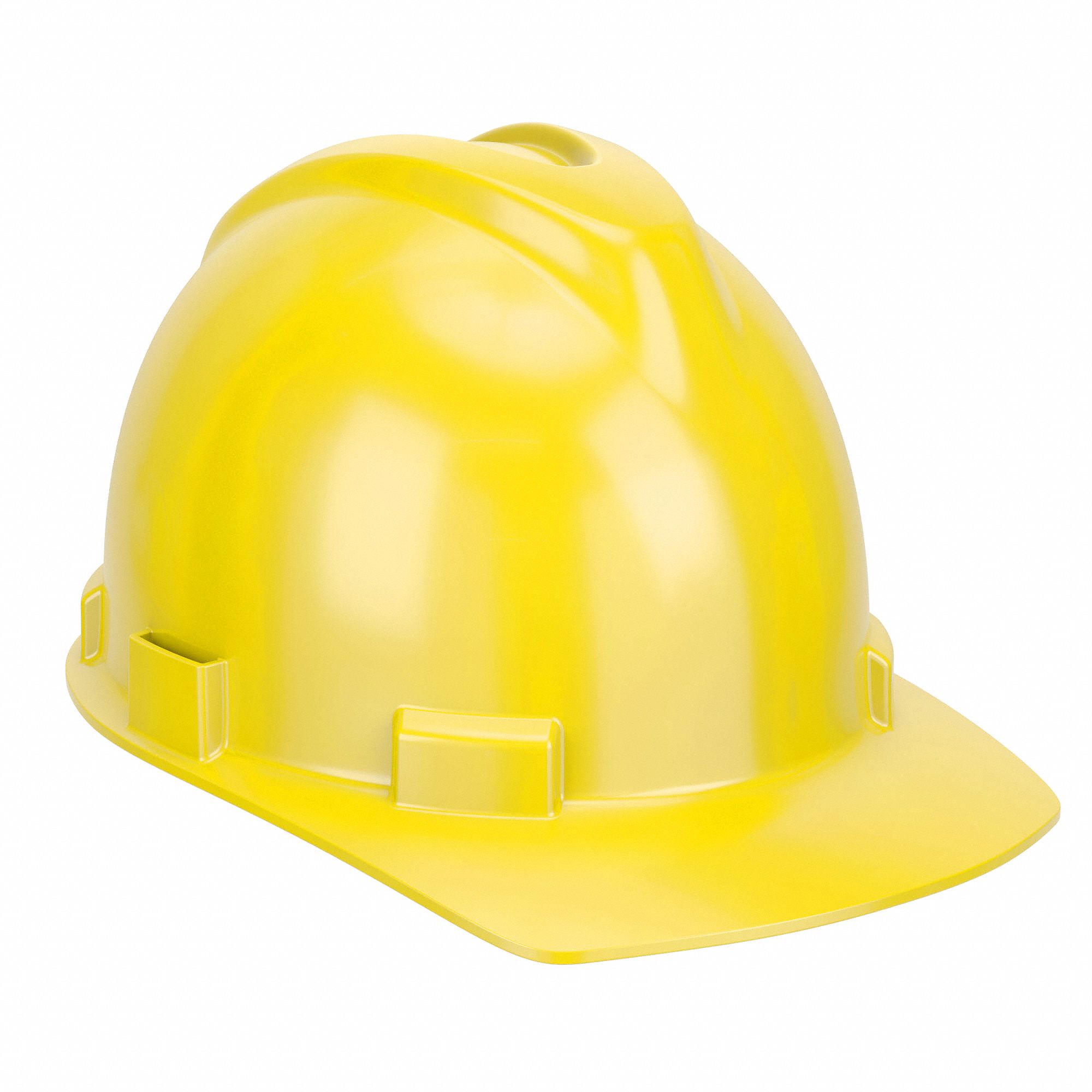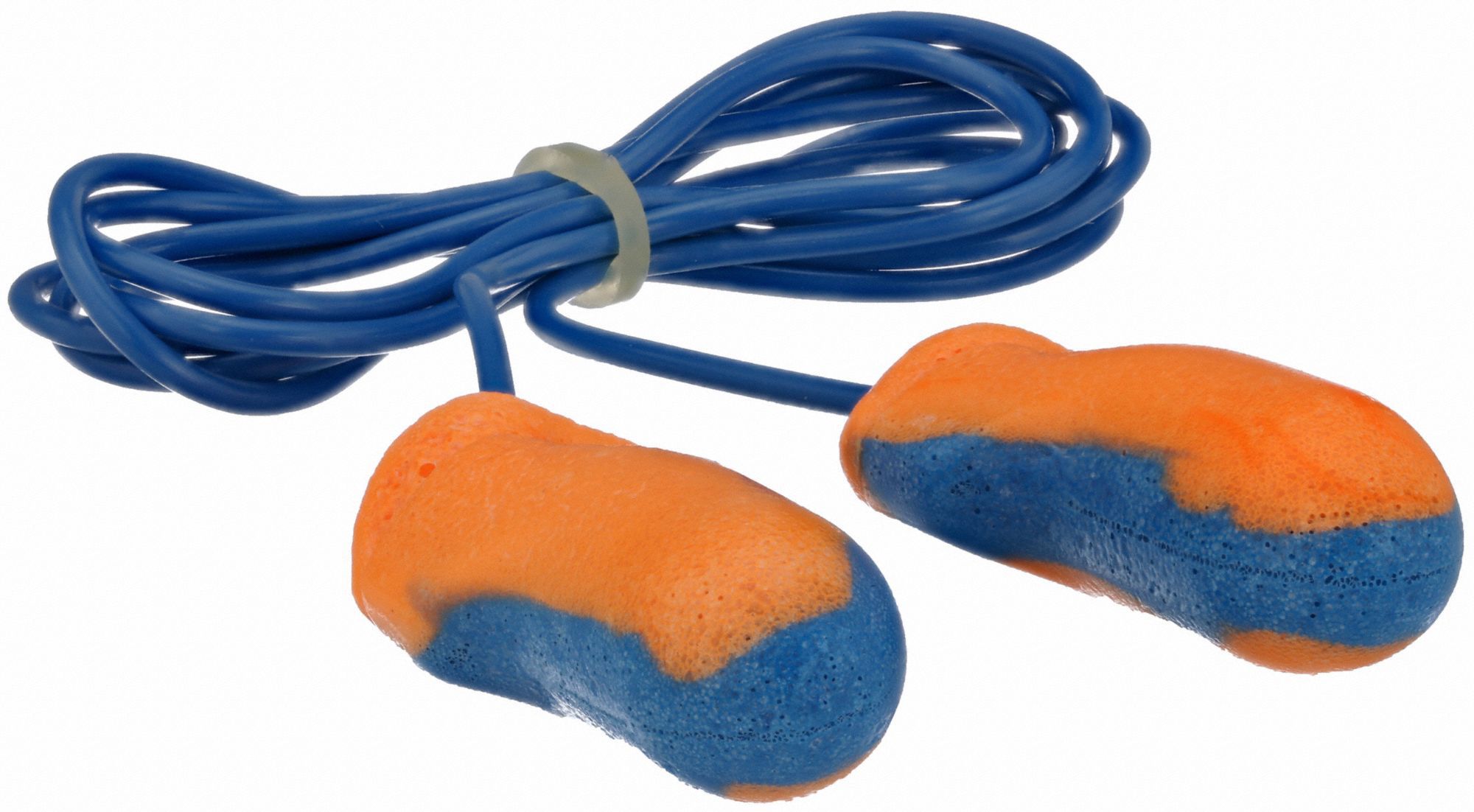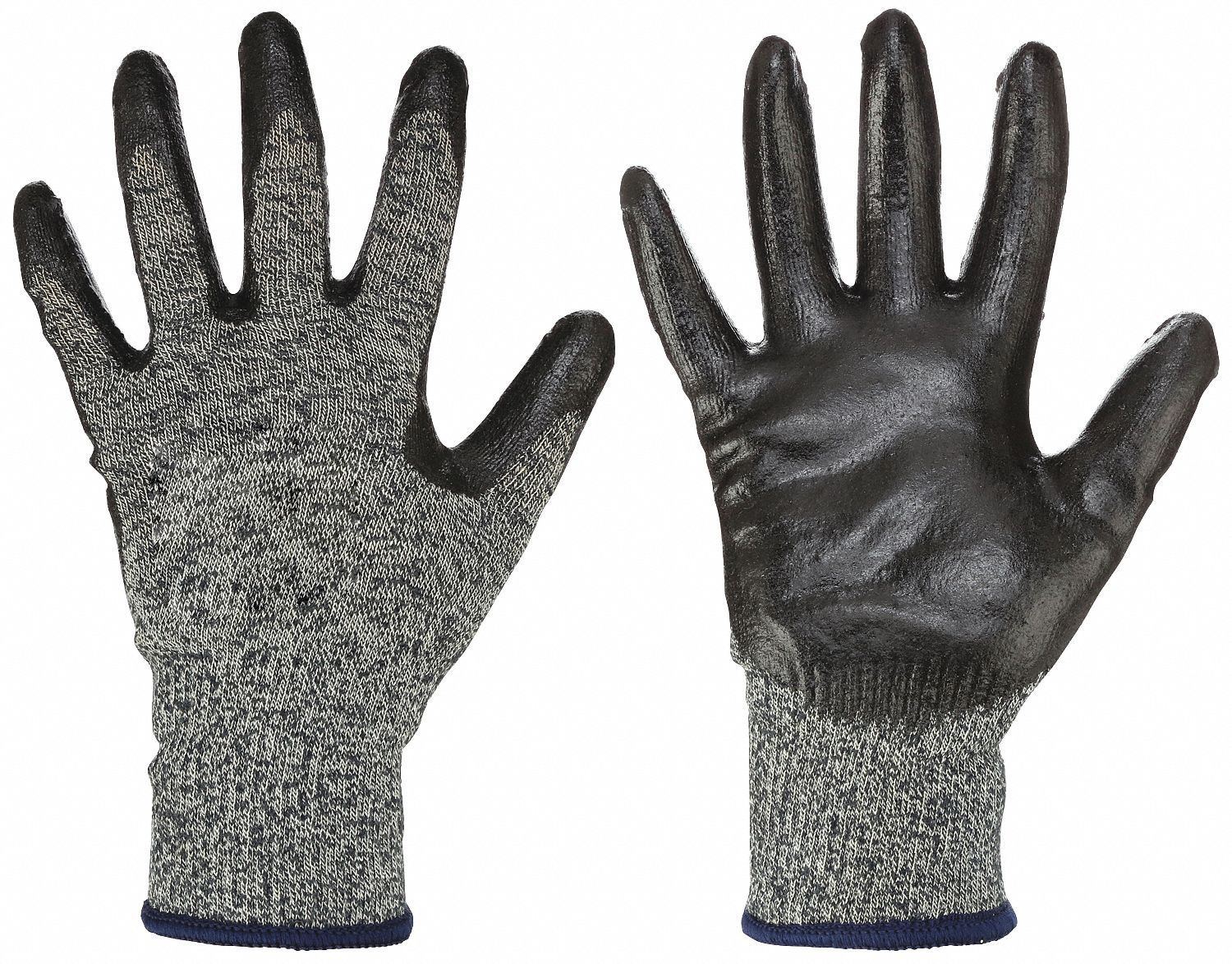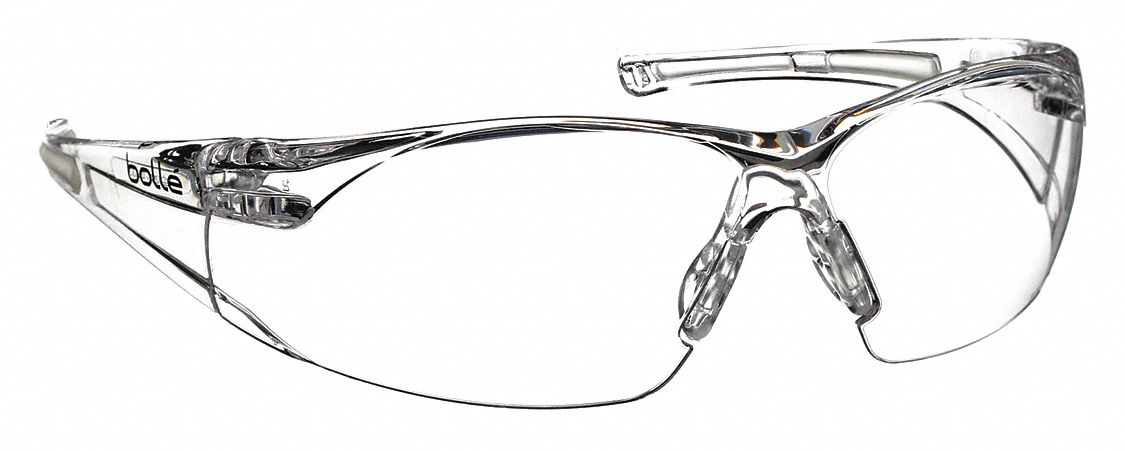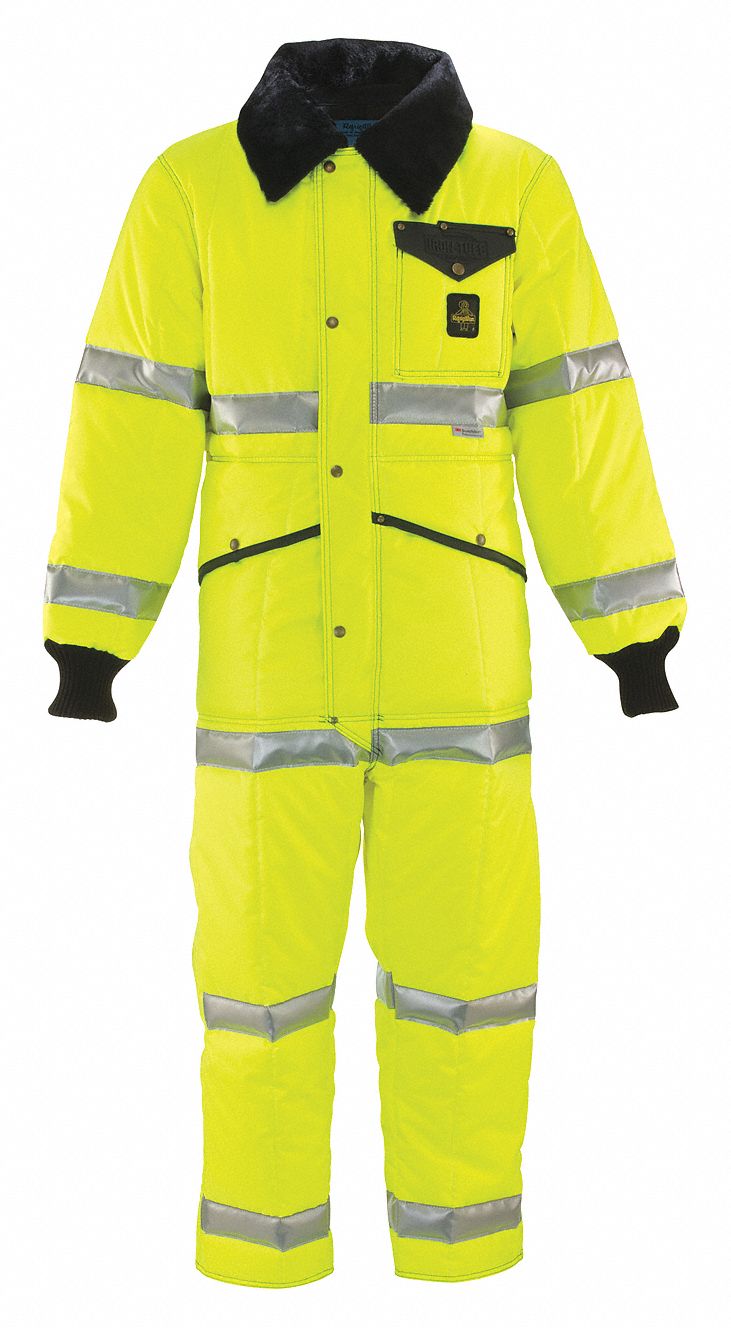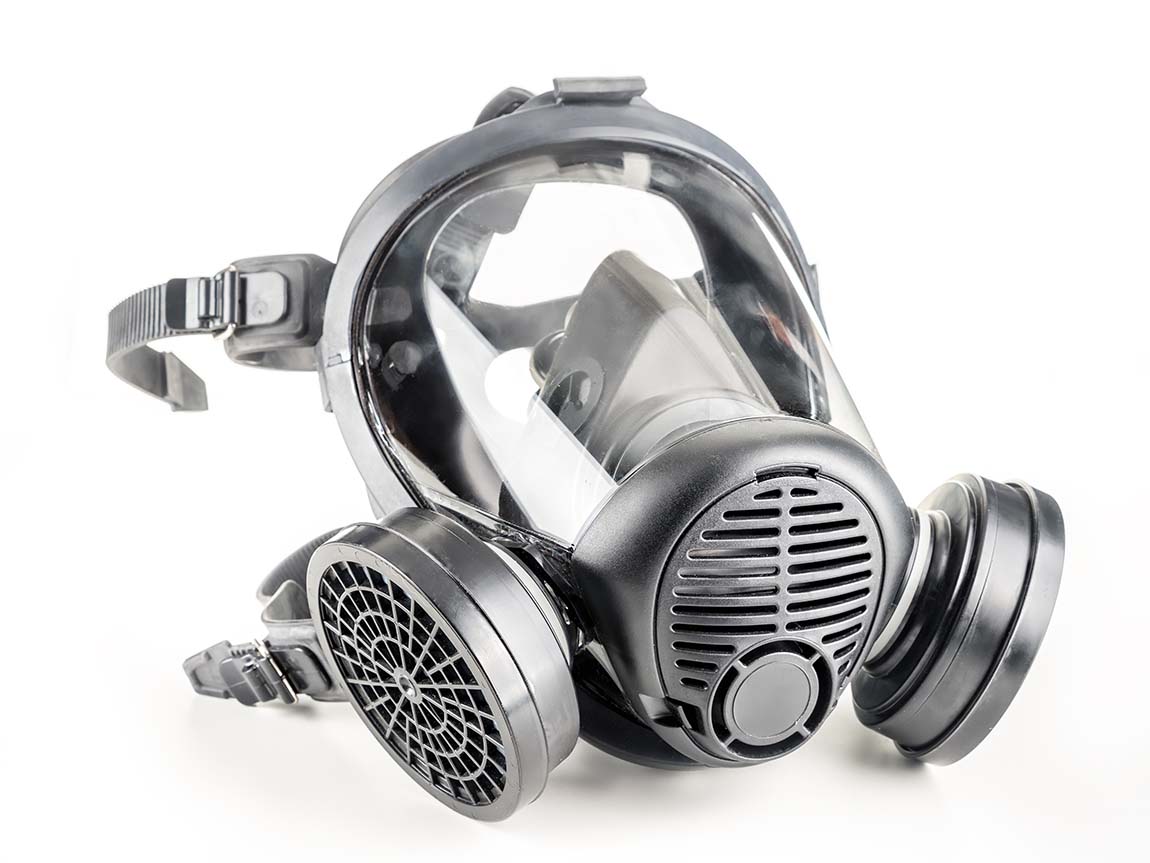

4 Respirator Myths and Facts
By Grainger Editorial Staff 7/1/19
Respirators only work when they’re used correctly, but common myths can lead to serious safety gaps. Learn why proper fit, cartridge change schedules, and OSHA requirements matter for staying safe on the job.
Respirators might seem like a straightforward piece of PPE, but the truth is that they're just the opposite.
Respirators require a great deal of understanding ranging from the contaminant from which you wish to protect yourself to the environment in which you are using the respirator. These variables can make the selection and use of the respirator somewhat complicated. For these reasons, we have put together a list of common respirator myths.
Myth #1: I know it is time to change the cartridge on my respirator when I begin to taste or smell the chemical.
Fact: According to OSHA 29 CFR 1910.134, a respirator change schedule needs to be established. You cannot rely on your olfactory senses because taste and smell are different for everyone. If you have been working with the same chemical for extended amounts of time, you could become desensitized to the chemical.
Myth #2: Employees using respirators voluntarily will not require the company to establish a respiratory protection program.
Fact: Certain parts of OSHA's respiratory protection program will need to be employed depending on the type of respirator being worn. If the employee is voluntarily using an N95 respirator, the employer must present the employee with a copy of OSHA's appendix D or the state equivalent. The employee, in this case, is responsible for selecting the appropriate respirator, keeping track of the respirator and keeping it clean. If the employee is voluntarily using a filtering facepiece respirator such as an N95, or a half-mask respirator with cartridges, in addition to the employee receiving a copy of appendix D or the state equivalent, the employer must also make sure the employee is medically able to wear the respirator.
Myth #3: Facial hair does not affect the fit or seal of a respirator.
Fact: Facial hair, such as a beard or mustache, can affect your respirator's ability to protect you. Anything that comes between your face and the respirator's seal or obstructs the exhalation valve can allow contaminated air to leak into the respirator; thus by-passing the filters and leaving you unprotected.
Myth #4: I can use a half mask respirator and indirect vent goggles when working with formaldehyde.
Fact: According to OSHA 29 CFR 1910.1048 employers must equip their employees with an air-purifying, full-face respirator with a canister or cartridge approved for protection against formaldehyde. Employers may substitute an air-purifying, half-mask respirator for an air-purifying, full-face piece respirator when they equip the half-mask respirator with a cartridge approved for protection against formaldehyde and provide the affected employee with effective gas-proof goggles.
For additional information on personal protective equipment (including respirators), please visit the safety section of the webinar page on our website. Also, Grainger offers an extensive selection of respirator products.
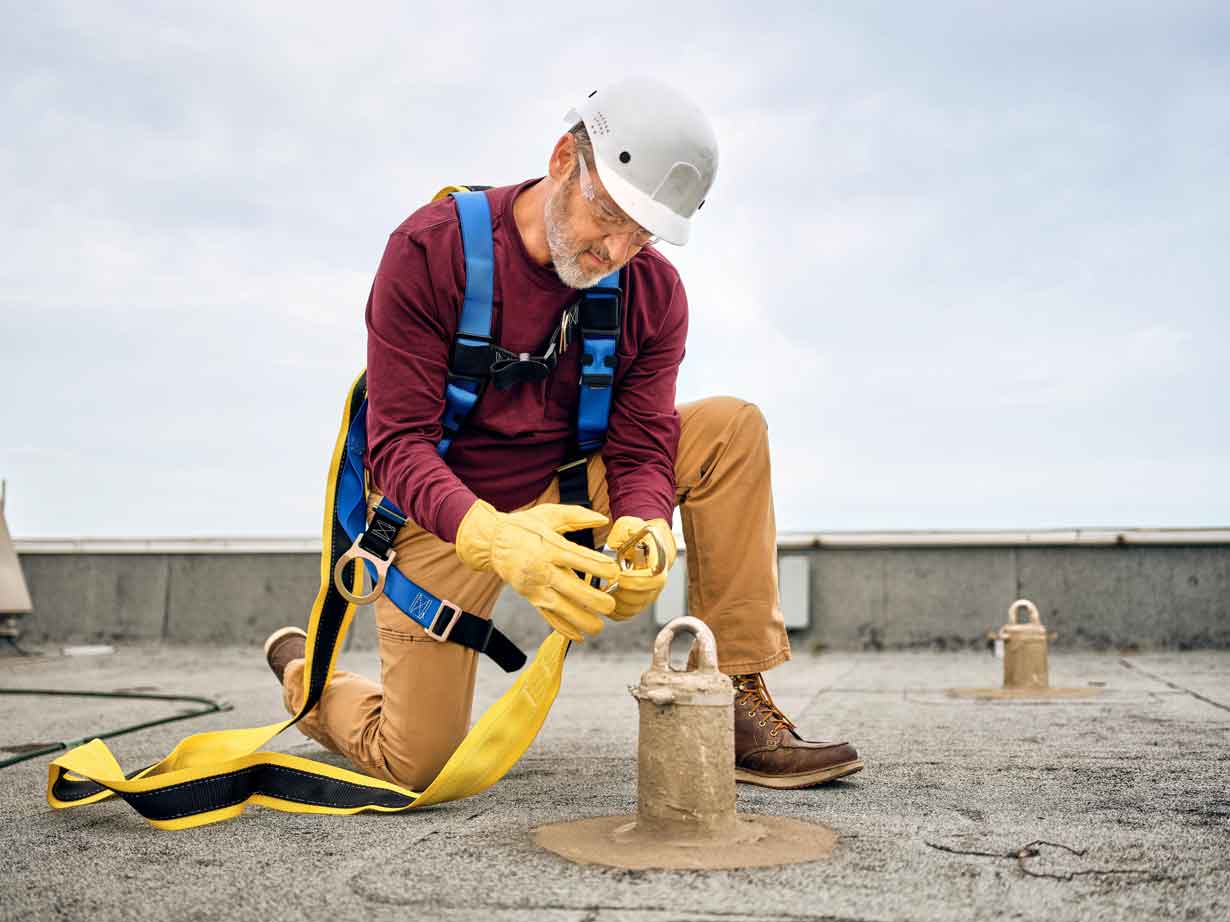
PPE in the Workplace
Lanyards vs. SRLs: Understanding Fall Protection Systems
Shock-absorbing lanyards and self-retracting lifelines both protect against falls, but they work differently. Learn how movement, clearance and system design affect each one.
![]() Our Latest KnowHow
Our Latest KnowHow

Are You Using the Best Cleaning Cloth for the Task?
It's easy to get into the habit of using the same basic cloths for most cleaning tasks. Consider these options for better, more efficient ways to trap dirt and dust throughout your facility.
The information contained in this article is intended for general information purposes only and is based on information available as of the initial date of publication. No representation is made that the information or references are complete or remain current. This article is not a substitute for review of current applicable government regulations, industry standards, or other standards specific to your business and/or activities and should not be construed as legal advice or opinion. Readers with specific questions should refer to the applicable standards or consult with an attorney.




